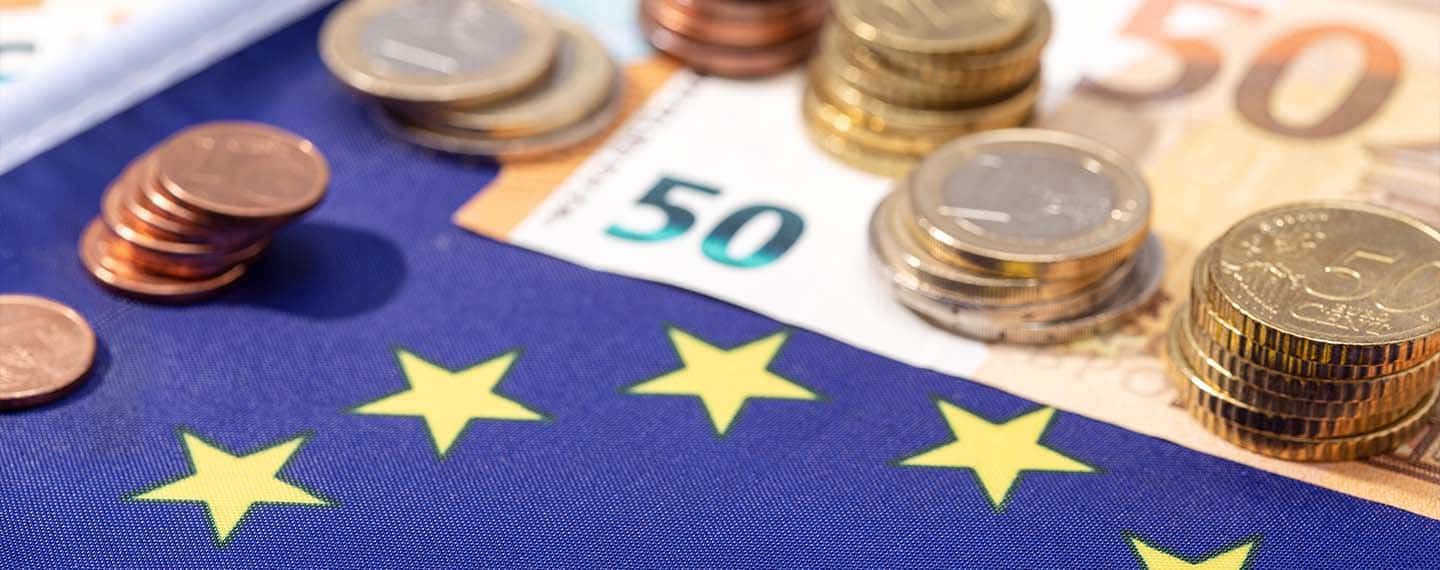With the proclaimed ‘shift’ in global economic thinking taking place, Europe finds itself in a mess of geopolitical predicaments. The energy crisis, the Russian invasion of Ukraine and the US Inflation Reduction Act (IRA) have all forced the EU to more directly address its idea of strategic autonomy and competitiveness. More specifically, the IRA has catalysed a growing desire to expand state intervention and capacity within the EUto better meet the demands of its digital and green transition. Not to mention an escalating bipolar rivalry between the US and China that places the EU in an ever more precarious position regarding supply chains and economic dependencies. Faced with its own commitment to ‘de-risk’ key technological sectors, the EU remains fragmented on how best to approach the issue.
On 20 June the EU unveiled its new ‘Economic Security Strategy’ and with it a revised form of its controversial Sovereignty Fund. Repackaged as the Strategic Technologies for Europe Platform (STEP), an extra €10 billion will be injected into existing RRF and InvestEU programmes in an effort to mobilise investment in critical technologies. The abandonment of the long maligned European Sovereignty Fund signals a disappointing arrangement to round out the EU’s most recent attempts at reforming its industrial policy. A lacklustre replacement for the Sovereignty Fund, STEP will be incapable of both effectively maintaining the EU’s internal market and uniting EU industrial policy.
Considering that the proposed Sovereignty Fund implied a new slate of EU funding, whether from member states or from the issuance of additional common debt, its rejection fails to counter the potential distortions created by the loosening of state-aid rules. Revisions made earlier this spring to the Temporary Crisis and Transition Framework (TCTF), and the General Block Exemption Regulation (GBER), make the internal market more vulnerable to concentrations of market power by large firms. While it is crucial that the EU facilitate public investment for the green transition through changes to state-aid rules, the current framework tips the balance towards larger member states and businesses, which already have a fiscal advantage in granting and applying for subsidies. Take, for instance, the fact that Germany and France alone accounted for 80% of the subsidies granted by the original European Temporary Crisis Framework in 2022.
While STEP’s additional €10 billion will not go very far in solidifying subsidies for more cash-strapped member states, the EU insists that existing funds through its centrepiece policy NextGenerationEU (NGEU) are enough. Indeed, NGEU funding in the form of grants and loans amounts to €723.8 billion, about the same size as the uncapped tax credit scheme of the IRA. However, it is worth noting that member-state governments have spent nearly as much protecting consumers from costs brought on by the energy crisis. Without a sufficient Sovereignty Fund, or an increase in the existing budget framework to counteract such fiscal variance, the EU must utilise other means of protecting the integrity of the single market.
One way in which the EU can better coordinate state-aid bloc-wide is through the use of Important Projects of Common European Interest (IPCEIs). A long-ignored legal provision in the Treaty of Rome, IPCEIs provide member states with a way around state-aid prohibitions while also fostering cross-national networks of technological innovation in key sectors. Recent reforms over the past few years have enabled smaller countries and firms to partake in the funding of such projects more easily. However, much stands to be gained from improving the current financial and regulatory IPCEI procedures.
A policy paper published by the Jacques Delors Institute outlines several ways in which IPCEIs can be better adjusted, including calls to facilitate national government project spending and to better harmonise IPCEI governance on an EU-level. A key element to spurring member-state investment in IPCEIs would be if such national investment costs were not included in the calculations of public deficits or debt in the European fiscal framework. By identifying IPCEIs as common investment, this could relax the fiscal adjustment trajectories of member states, as intended by recent calls to reform the Stability and Growth Pact. Furthermore, EU support structures should be created in order to foster a common policy around IPCEIs, which are still highly dependent on member states to take up. Instead of national governments themselves, EU administrators should provide technical assistance and guidance to enterprises as they take on such projects. Rather than relying on the varied institutional capacities of individual member states, a centralised EU authority can provide a common framework for a genuine bloc-wide industrial policy.
These are just a few ways in which IPCEIs can be utilised in the absence of a further enhanced EU budget. At the moment, IPCEI reform provides the best way of promoting industrial policy while minimising the risk done to competition and the single market. However, an EU industrial policy capable of meeting the current environmental, energy and geopolitical needs must rest upon an eventual capital markets and banking union and thus a deeper, more equitable form of European fiscal integration.



